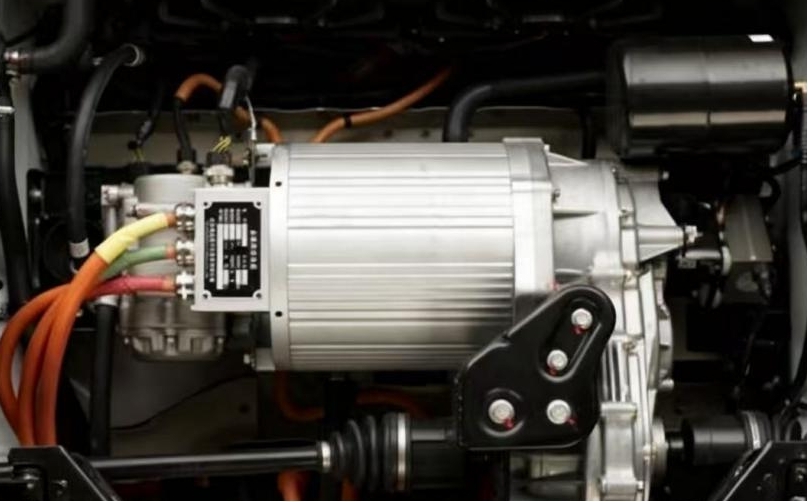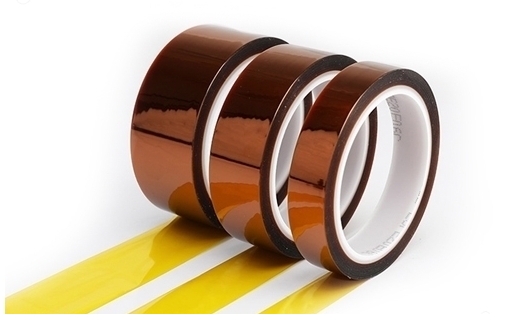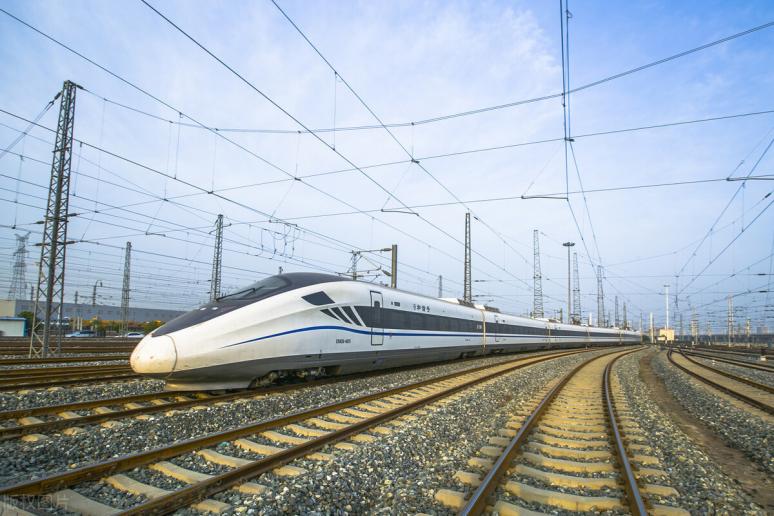As electrical equipment evolves toward higher power, miniaturization, and higher frequencies, demands for corona resistance in insulating materials have significantly increased. Wind turbine generators, photovoltaic inverters, and energy storage systems must withstand high-frequency pulsed voltages. Conventional insulating materials last only 1 to 3 years, whereas corona-resistant materials extend service life to over 10 years, meeting the need for long-term stable operation in new energy equipment. High-voltage traction motors for high-speed rail and radar pulse equipment experience substantial voltage fluctuations and more severe corona phenomena during operation. Only corona-resistant materials can withstand these conditions, ensuring equipment reliability and performance. Corona discharge generates high-energy particles, ozone, and ultraviolet radiation, which erode conventional insulating materials over time. This leads to molecular chain breakage, degraded insulation properties, and ultimately equipment failure. The core objective of researching corona-resistant materials is to resolve insulation failures caused by corona discharge in high-frequency, high-voltage electrical equipment during operation. This ensures equipment safety, extends service life, and supports technological upgrades in critical sectors like new energy and rail transit.

Common corona-resistant insulation materials include polyimide-based composites, aramid insulation paper, and corona-resistant enameled wire. Aramid paper-based insulation materials are made from chopped aramid fibers and precipitated aramid fibers, offering advantages such as low specific gravity, high temperature resistance, and excellent insulation properties. Among these, corona-resistant aramid-mica insulating paper, made from aramid fibers and mica, combines the characteristics of both materials to deliver outstanding corona resistance. Corona-resistant enameled wire is a specialized enameled wire capable of effectively resisting corona discharge erosion under high-frequency pulse voltage. It is primarily used to address winding insulation failure issues in equipment such as variable-frequency motors and wind power generators, serving as a critical conductor component in high-frequency, high-voltage electrical equipment.
Polyimide (PI) corona-resistant insulation materials are engineered through modification to significantly enhance corona erosion resistance while retaining polyimide's inherent high-temperature tolerance and superior insulation properties. They are primarily applied in high-frequency, high-voltage electrical equipment. Polyimide materials exhibit outstanding high-temperature resistance, with long-term operating temperatures reaching 200~250oC. They withstand the high-temperature environments encountered during operation in motors, converters, and similar equipment, preventing insulation failure caused by excessive heat. Simultaneously, polyimide exhibits high mechanical strength with excellent tensile strength and tear resistance. When processed into films or paper substrates, it remains highly durable, making it suitable for complex installation scenarios like electrical equipment windings and wiring. Furthermore, the base polyimide possesses a low dielectric constant and minimal dielectric loss, providing an optimal electrical performance foundation for subsequent corona-resistant modifications.

The inherent corona resistance of virgin polyimide films is relatively weak. Modification serves as the core approach to enhance their corona resistance. A technical framework has now been established, centered on nano-filling with organic composites and structural design as supplementary methods. The characteristics and applications of these various techniques exhibit significant differences.
1. Nanoparticle Filling Modification (most mature and widely applied): This technique enhances corona resistance by dispersing inorganic nanoparticles within the polyimide matrix, leveraging synergistic interactions between particles and the matrix. It represents the primary industrialized production pathway. Commonly used particles are primarily metal oxides such as Al2O3, SiO2 and TiO2. Additionally, two-dimensional nanomaterials like graphene and boron nitride are increasingly being applied. Nanoparticles form“charge traps”within the polyimide, capturing high-energy electrons generated by corona discharge and reducing their impact on the polyimide molecular chains. Simultaneously, the particles shield against ultraviolet radiation accompanying corona discharge, delaying photo-oxidative aging of the material.
2. Organic Monomer Composite Modification: Optimizing corona resistance at the molecular level by introducing functional organic monomers during polyimide synthesis or applying organic surface coatings. This approach is often synergized with nano-filling. Mainstream modifying monomers include organosilicon monomers (e.g., γ-aminopropyltriethoxysilane) and fluorinated monomers (e.g., 4,4'-(Hexafluoroisopropylidene) diphthalic anhydride). Silicone monomers reduce dielectric loss while enhancing water resistance and flexibility; fluorinated monomers improve chemical stability and mitigate ozone corrosion from corona discharge.
3. Multilayer Structure Modification: Achieving a balance between corona resistance, mechanical strength, and electrical properties through layered composites or gradient designs represents a key development direction for high-end products. Common configurations primarily feature three-layer structures, such as “nanoparticle-filled layer-PI-nanoparticle-filled layer,”where surface nanoparticles resist corona erosion while the intermediate polyimide layer ensures tensile strength and elongation at break. Additionally,“PI-inorganic ceramic layer-PI”composite structures are under investigation, utilizing ceramic layers (e.g., Al2O3 coatings) to further enhance corona resistance.

Contact us to learn more about our advanced electronic chemicals and speciality polymer materials, and how they can enhance your production performances.